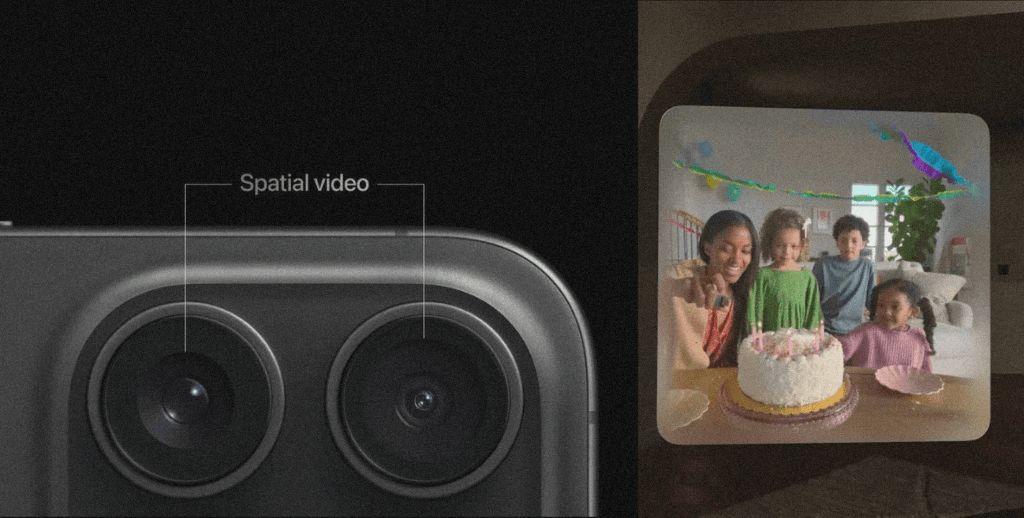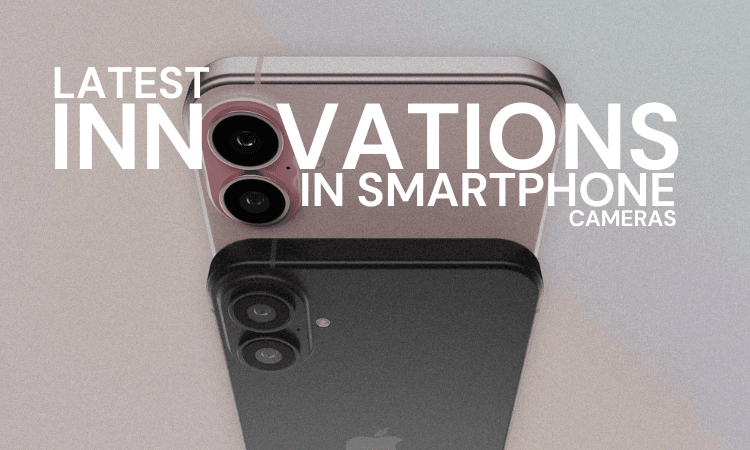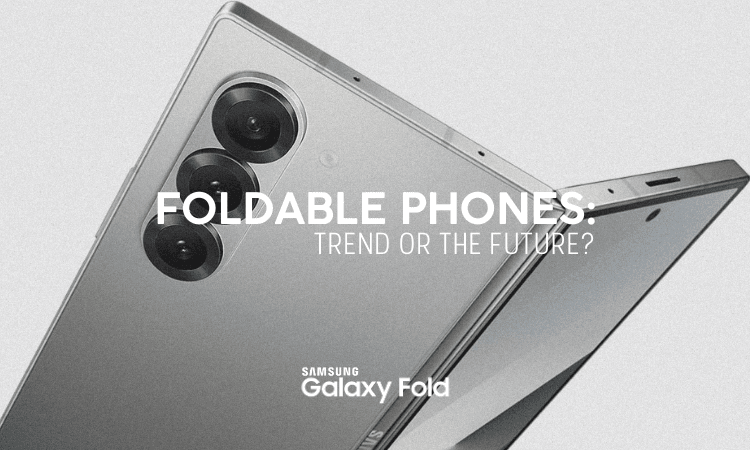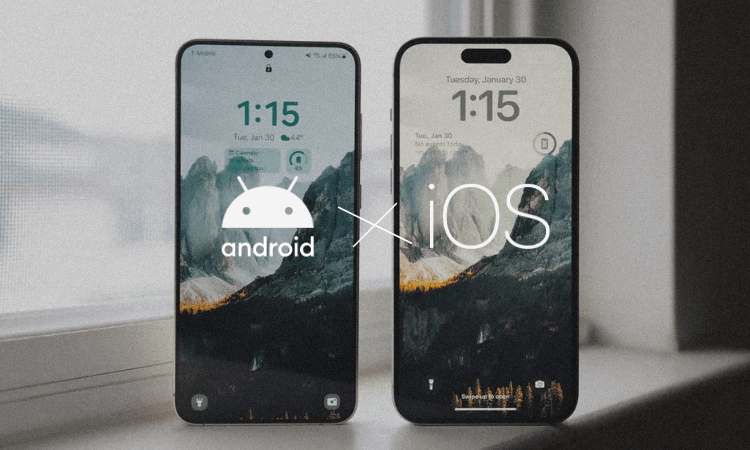Smartphone cameras have evolved significantly over the past decade, offering advanced features for professional-quality photos and immersive videos. These innovations have transformed how we capture moments and enhanced the overall smartphone experience.
Key Innovations in Smartphone Camera Technology
In recent years, smartphone manufacturers have introduced numerous breakthroughs that have drastically improved the quality of mobile photography. These innovations are driven by the demand for higher-quality images, better performance in low light, and more features that help users capture their moments with ease.
Increased Megapixel Count
The rise in megapixels has been one of the most notable trends in smartphone cameras. Many smartphones now offer cameras with 100 megapixels or more, which allows for incredibly detailed images. Higher megapixels capture more information, making images sharper and clearer, especially when zoomed in. These high-resolution photos also retain their detail when printed in larger sizes.
AI and Computational Photography
Artificial Intelligence (AI) has become an integral part of modern smartphone cameras. Through computational photography, AI algorithms enhance photos by automatically adjusting settings like exposure, contrast, and white balance.
- Automatic Enhancements: AI optimizes lighting and color balance to create more appealing photos, even in challenging conditions.
- Portrait and Night Mode: AI helps in producing natural-looking portraits and improves low-light performance, which traditionally was a challenge for smartphone cameras.
Optical Image Stabilization (OIS)
OIS is a technology that helps reduce the effects of camera shake, leading to sharper photos, especially in low-light conditions. It works by adjusting the lens or sensor to counteract hand movements, providing a smoother shooting experience.
- Improved Clarity in Motion: Whether you’re capturing a moving subject or simply holding the camera still, OIS ensures that images remain sharp.
- Better Low-Light Performance: OIS allows the camera to capture more light, resulting in clearer images even when the lighting is poor.
New Camera Features in Flagship Smartphones
As the competition among smartphone manufacturers intensifies, flagship models have introduced several new camera features aimed at enhancing user experience and meeting the needs of photography enthusiasts.
Multiple Lenses and Zoom Capabilities
The trend of using multiple lenses has gained traction in recent years.
- Wide-Angle Lens: Captures more of the scene, making it ideal for landscapes or group shots.
- Ultra-Wide Lens: Expands the field of view, allowing for dramatic shots and fitting more into the frame.
- Telephoto Lens: Enables optical zoom, offering closer views without sacrificing image quality.
The combination of multiple lenses gives users the flexibility to capture images in different environments, enhancing creativity.
Night Mode and Low-Light Performance
Night Mode has become a game-changer for smartphone photography. This feature helps users take clear, detailed photos even in very low light by using longer exposure times and advanced software processing. With better low-light performance, smartphones can capture vibrant images in dimly lit conditions, reducing the graininess and noise typically seen in dark photos.
8K and 4K Video Recording
Video recording capabilities have become a major selling point for smartphones. Many flagship models now offer 8K and 4K video recording, which is a significant upgrade from the standard 1080p. These higher resolutions allow for incredibly detailed and smooth video footage.
- 8K Video: While 8K video is still relatively new, it offers stunning detail and can be downscaled for better playback on 4K screens or for editing purposes.
- 4K Video: 4K video is now the standard for high-quality video capture and is widely used for content creation, including vlogs and professional filmmaking.
Immersive Spatial Video Recording
One of the most groundbreaking features introduced in modern iPhones is spatial video recording, which captures depth and dimension for playback in a 3D environment. This technology is designed to enhance the viewing experience, making it more immersive and interactive.

What is Spatial Video?
Spatial video uses advanced camera systems to record video with depth information, creating a three-dimensional representation of the scene. It enables viewers to experience videos in a way that mimics how the human eye perceives the real world.
- Depth Perception: Spatial video captures the distance between objects, allowing for a more lifelike representation.
- Enhanced Playback: These videos can be viewed on compatible devices, like AR/VR headsets, offering an engaging and immersive experience.
How iPhones Achieve Spatial Video Recording
Modern iPhones achieve spatial video through a combination of hardware and software innovations:
- Dual-Camera Integration: By leveraging the ultra-wide and main cameras, iPhones can record videos with depth information, creating a stereoscopic effect.
- Advanced Image Processing: The iPhone’s processor utilizes AI to merge depth data with visual information seamlessly.
- LiDAR Scanner: The inclusion of LiDAR technology aids in precise depth mapping, enhancing spatial video capabilities.

Applications of Spatial Video
Spatial video has a wide range of practical and creative applications:
- Virtual Events: Spatial videos can revolutionize how virtual concerts, conferences, or events are experienced.
- Immersive Memories: Relive personal moments in 3D, making memories feel more vivid and lifelike.
- Content Creation: Content creators can craft unique, interactive videos for AR/VR platforms.
Future of Spatial Video and Smartphone Cameras
The introduction of spatial video marks a significant leap in smartphone photography and videography. As AR and VR technologies become more mainstream, spatial video recording is expected to play a pivotal role in shaping content consumption.
- AR/VR Integration: Spatial video complements the growing adoption of AR/VR headsets, allowing users to create and enjoy content in these emerging formats.
- Enhanced Social Media Content: Platforms may soon adapt to support spatial videos, enabling creators to share immersive experiences.
- Advancements in Hardware: As LiDAR and multi-lens systems evolve, spatial video is likely to become more refined, delivering even higher-quality 3D recordings.
Trends Shaping the Future of Smartphone Cameras
As smartphone camera technology continues to evolve, several exciting trends are shaping the direction of future devices. These trends promise to further push the boundaries of mobile photography and enhance the user experience.
Under-Display Cameras
Under-display cameras are an emerging technology in the smartphone industry. By placing the camera beneath the phone’s screen, these designs allow for a full-screen display without any interruptions like notches or punch-hole cameras. This development is likely to improve both the aesthetics of smartphones and the user experience, giving users more screen space.
Foldable and Flexible Camera Systems
Foldable smartphones are changing the way we think about smartphone cameras. These devices feature flexible displays that allow them to fold into smaller forms while still providing powerful camera systems. Foldable phones create new possibilities for mobile photography, offering more flexibility in how users capture images.
- New Angles and Perspectives: Foldable phones can be positioned in various ways to capture unique shots, which would be difficult with traditional smartphones.
- Compact and Portable: These phones combine portability with the power of high-quality cameras, providing an all-in-one solution for photography and entertainment.
Foldable smartphones are expected to improve even further, offering more versatile ways to use smartphone cameras for both personal and professional applications.
How These Innovations Benefit the Average User
While the innovations in smartphone cameras may seem focused on enthusiasts and professionals, the reality is that they offer tangible benefits to everyday users as well. These advancements make capturing high-quality photos and videos easier and more accessible than ever before.
Improved User Experience
The latest camera innovations provide users with a more intuitive and enjoyable photography experience. Whether it’s through AI-powered enhancements, more versatile lenses, or better low-light performance, smartphone cameras are designed to make it easier for anyone to take great photos.
- Automatic Scene Detection: AI helps users take better photos by automatically detecting the scene and adjusting settings accordingly.
- Simplified Photography: Features like night mode and portrait mode make it easier for users to take stunning images without needing advanced skills.
Impact on Social Media and Content Creation
The improvements in smartphone cameras have also made it easier for everyday users to create high-quality content for social media platforms. Better camera quality allows users to create visually engaging photos and videos without the need for professional equipment. As more people turn to smartphones for content creation, features like 4K video and high-resolution photos help users stand out on platforms like Instagram, TikTok, and YouTube.
Conclusion
Recent innovations in smartphone camera technology have revolutionized how we capture the world. With higher megapixels, AI features, better low-light performance, and 8K video, smartphones now deliver professional-quality content. Emerging trends like under-display cameras and foldable designs promise an even more exciting future for smartphone photography. Whether you’re a casual user or content creator, these advancements make it easier to take and share high-quality photos and videos.




